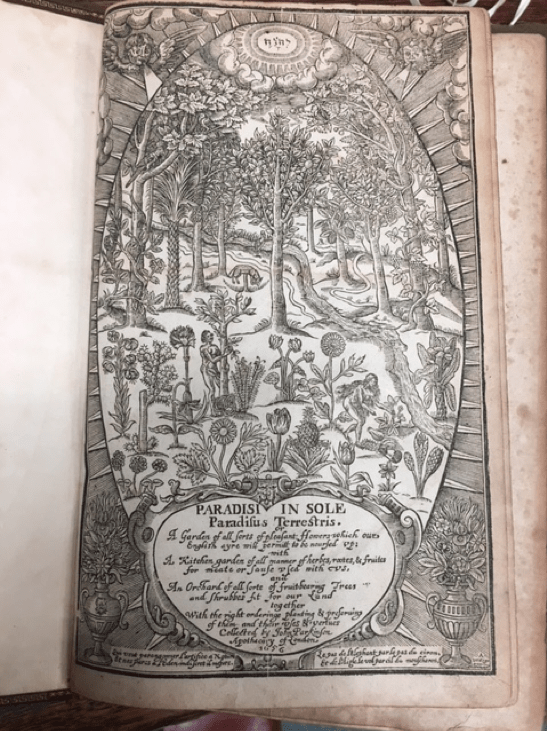Tag Biology
By Guest Contributor Molly Nebiolo The roots of contemporary botany have been traced back to the botanical systems laid out by Linnaeus in the eighteenth century. Yet going back in further in time reveals some of the key figures who… Continue Reading →
By Contributing Editor Nuala F. Caomhánach Kimberly A. Hamlin. From Eve to Evolution: Darwin, Science, and Women’s Rights in Gilded Age America. Chicago and London: The University of Chicago Press, 2014. Erika Lorraine Milam. Looking for a Few Good Males:… Continue Reading →


